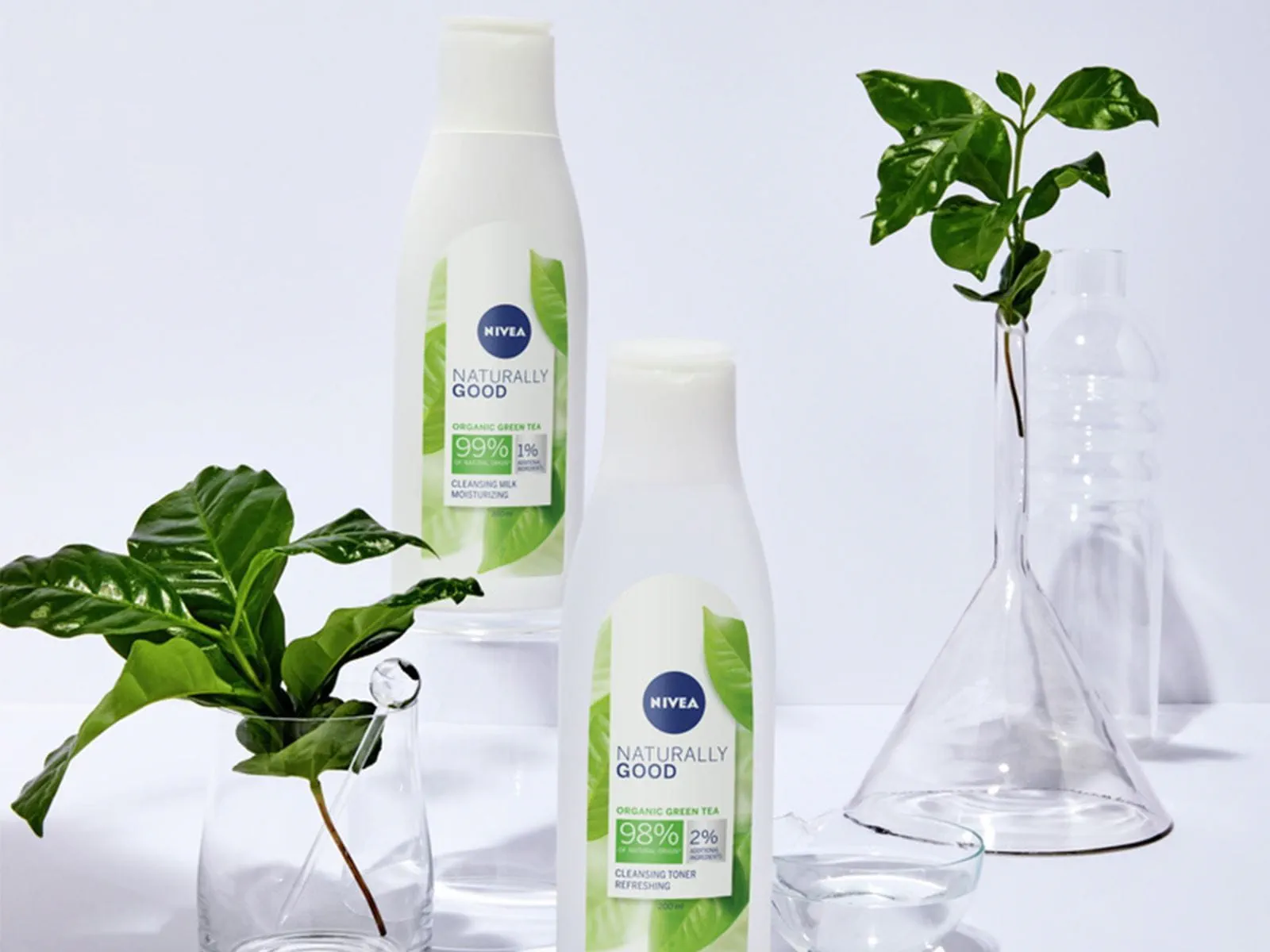In addition to ambitious CO2-reduction targets, NIVEA is committed to going the extra mile by compensating for remaining non-avoidable emissions through climate projects. Our guiding principle is to continue measuring, reducing, and compensating.
To ensure we develop more eco-friendly skincare products, eco-friendly toiletries, and beauty products, we measure our products’ CO2 footprint by conducting Life-Cycle-Analyses in cooperation with external experts and in line with widely accepted scientific standards. Based on these insights, we choose ingredients and packaging solutions that contribute to reduction in our carbon emissions. However, it is not possible to reduce a product’s CO2 footprint to zero as there will always be non-avoidable emissions.
This is where NIVEA goes above and beyond by compensating for the remaining CO2 emissions through climate projects. An example of these projects includes afforestation efforts that help mitigate climate change. Trees absorb CO2 from the atmosphere through photosynthesis, and the carbon is stored in biomass, such as tree trunks, roots, leaves, and soil.
Generally, we only select climate projects that are certified and regularly audited based on external international standards, such as the Verified Carbon Standard (VCS) or the Gold Standard. This ensures that our climate impact is real, measurable, permanent, and third-party verified.
The result of this approach is a balance between CO2 emitted and CO2 absorbed by nature. Whenever NIVEA follows this approach, we talk about “climate-neutralized” instead of “climate neutral” because we want to underline that our products are not completely climate neutral once they leave our production sites. Instead, climate neutralization is a result of a subsequent action contributing to the fight against climate change.




